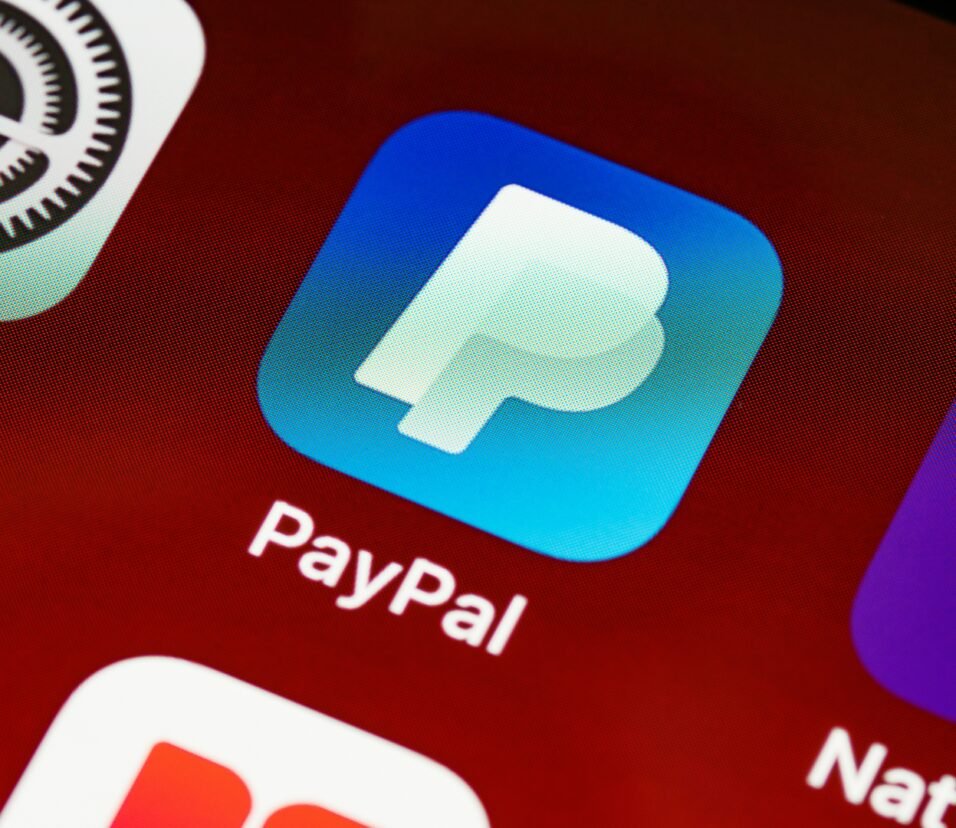The Future of FinTech Apps: How They’re Redefining Personal Finance
FinTech apps are no longer just about checking your balance or transferring money. In 2025, they’ve become full-fledged financial ecosystems—powered by AI, real-time analytics, and automation—to help users take control of their money like never before.
From budgeting to investing, borrowing to saving, the next generation of FinTech apps is making personal finance smarter, faster, and more inclusive. Whether you’re a college student or a seasoned investor, these tools are fundamentally changing how we manage and grow our money.
🔍 What Are FinTech Apps in 2025?
FinTech (financial technology) apps provide digital tools to manage finances, typically on mobile devices. But today’s apps go beyond transactions—they offer personalized financial advice, automate savings, track spending habits, suggest investments, and even help users with taxes and insurance.
Key trends defining FinTech in 2025:
- AI-driven financial coaching
- Embedded finance in everyday apps
- Hyper-personalization
- Open banking and seamless integrations
- Focus on financial wellness, not just wealth
📱 Top Categories of FinTech Apps Reshaping Finance
1. 🧠 AI-Powered Budgeting Apps
- Examples: Copilot, Monarch, Emma
- What’s New: These apps don’t just track spending—they predict it.
- Why It Matters: Real-time spending insights and intelligent alerts help users adjust before they overspend.
✅ AI helps you stay financially aware without obsessing over spreadsheets.
2. 💵 Automated Saving & Round-Up Apps
- Examples: Qapital, Cleo, Digit (now evolved with investment features)
- What’s New: Users can set “If This Then That” savings triggers—for example, “Save $5 every time I eat out.”
- Why It Matters: Gamifies savings and makes it effortless.
✅ Saving becomes automatic and tailored to your lifestyle.
3. 📈 Next-Gen Investment Platforms
- Examples: Robinhood 2.0, Wealthfront, Public, Betterment
- What’s New: AI investment portfolios, ESG (environmental/social governance) filters, and crypto-asset inclusion.
- Why It Matters: Democratizes investing with low fees, education, and smart automation.
✅ Even beginner investors can build diversified portfolios with zero commissions.
4. 💳 Credit & Debt Management Tools
- Examples: Tally, Credit Karma, Upstart
- What’s New: Smart debt repayment plans, credit improvement coaching, and AI-refinancing offers.
- Why It Matters: Helps users escape debt cycles and improve their financial health proactively.
✅ AI finds the fastest path to debt freedom based on your cash flow.
5. 🤖 Robo-Advisors and Digital Wealth Managers
- Examples: Betterment, SoFi, Ellevest
- What’s New: Hyper-personalized portfolios based on lifestyle goals, risk tolerance, and real-time market shifts.
- Why It Matters: Makes sophisticated investment strategies accessible and affordable.
✅ Professional-level advice—without the human cost.
6. 🌍 Ethical and Climate-Friendly Finance
- Examples: Aspiration, Ando, TreeCard
- What’s New: Carbon footprint tracking, investments in green bonds, and climate-positive banking.
- Why It Matters: Aligns your financial habits with your values.
✅ Banking that’s better for both your future and the planet.
7. 🔐 Secure Payment & Digital Wallet Apps
- Examples: Apple Pay, Google Pay, Venmo, Cash App
- What’s New: Biometric authentication, tokenized payments, instant global transfers
- Why It Matters: Combines speed, security, and convenience in one tap.
✅ Faster, safer money movement across the globe.
💡 Emerging Technologies Powering FinTech in 2025
| Tech Trend | Role in FinTech Transformation |
|---|---|
| AI & Machine Learning | Personalized budgeting, fraud detection, investing insights |
| Open Banking APIs | Seamless integration across banks and platforms |
| Blockchain | Transparent, decentralized financial services |
| Biometrics | Enhanced security for identity and transactions |
| Voice & Chat Interfaces | Financial advice through natural conversation |








